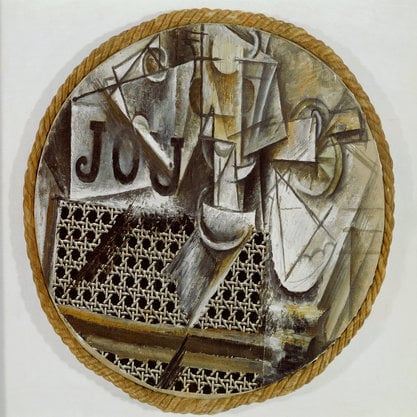

Check out how Picasso uses different colors to show different angles in “The Guitar. In fact, it was the artist Henri Matisse.


Use markers to add colors to the different shapes.Arrange them on another piece of cardboard or sturdy base to create your composition Cut a piece of cardboard into the different shapes you see in your subject.An important difference between Picasso and the cubist Mondrian was that Picasso never really gave up the third dimension. Carefully examine your subject from many different angles. Noteworthy is the work of Piet Mondrian, who linearized cubism in his 1912 Apple Tree painting, a process which ultimately led to the first really non-figurative paintings (or pure abstract art), from 1914 on. In this activity, you will use pieces of cardboard to create your own cubist work. Cubism was invented in 1907 by Pablo Picasso and Georges Braque. Stock Photo: Le Bateau Lavoir, where Picasso supposedly. What do you notice about the guitar in this painting? Pablo Picasso: Still Life with Chair Caning. Stock Photo - Le Bateau Lavoir, where Picasso supposedly invented cubism. In the early 1900s, Picasso wrote to Braque, “I’m in the process of imagining a guitar.” He used many new and revolutionary materials to create art about guitars - including cardboard and collaged materials. How many shapes and angles can you find in this painting? It is called cubism because the objects and people look like they are made out of cubes and other geometric shapes. Cubism is a style of art where an artist shows an object or a person from lots of different angles at the same time. Together with artist Georges Braque, he invented a new style of art called cubism. We will try to find the right answer to this particular crossword clue. Picasso liked to experiment with his art. Todays crossword puzzle clue is a quick one: Pablo who invented Cubism with Braque. Pablo Picasso is one of the most celebrated artists of the 20th century. However, Braque invented and executed the first papier coll, a kind of collage consisting of papers that are glued onto the canvas.


 0 kommentar(er)
0 kommentar(er)
